
Title: “First Warehouse Research Report: MMORPG Blockchain Game Big Time”
Source: First Warehouse Blockchain Research Institute
Project Overview
Big Time is a large-scale multiplayer online role-playing game (MMORPG) built on the Ethereum blockchain. Currently, the game is still in the internal testing phase and has already formed the prototype of an MMORPG, as well as completed the conceptual construction of its game economy mechanism.
Team Background
The Big Time team has a strong background in both gaming and the crypto industry. The core members have experience in developing large-scale games or working in major game companies. Compared to the first research report in May 2022, there have been some changes in the core team of Big Time. The departure of the product director and the game economy model design director may have had some impact on the game’s development and delivery, but subsequent work has been taken over by other experts deeply rooted in the gaming industry. Additionally, as Big Time Studios is a fully remote game studio operating worldwide, it may have some impact on the timely delivery of the game.
Funding
Big Time has raised over $90 million through primary market financing and NFT sales, which is sufficient to support the development of a AAA-level game. After the game goes live, the project team can continue to sustain its operation through the sale of in-game resources.
Game Core Mechanism
Big Time has drawn upon the mature role and growth design of MMORPGs, but its unique free job change system enhances players’ gaming experience. However, this also poses challenges to the balance adjustment of the game team, as lower job change requirements may squeeze the survival space of other professions, affecting the playability of the game.
Game Economy Mechanism
The design of Big Time’s game economy mechanism is clever, ensuring that the in-game economy cycle has a certain degree of flexibility on a stable foundation, while also ensuring that both free players and paying players can have a rich gaming experience. However, such an economic mechanism requires players to have a high level of strategic resource allocation within the game, as they need to invest certain resources to explore their suitable position in the game.
Actual Gameplay Experience
The game already has a certain level of playability, but further iterations are needed to improve the visual performance and gameplay mechanics of the game.
Game Requirements
The game’s hardware requirements do not appear to be high at present, but players need to meet certain requirements to participate in the preseason.
Project Development
The operation and development pace of the game is slower than expected, but the game has already attracted a group of highly engaged core players. After Big Time’s zero-threshold opening, it is likely to attract more players.
Market Analysis
Since the bear market, although there has been a certain degree of decline in the number of players and trading volume in the blockchain gaming market, the core player base of blockchain gaming still maintains high stickiness, and the overall development progress of the market has not been significantly affected. Many new games are still under development and operation. Once the overall macro environment improves, the blockchain gaming market still has considerable potential. Based on the different types and stages of the blockchain gaming market, we believe that games like Big Time, which partially anchor core assets on the chain and are rooted in Web2 games, and have sufficient development capabilities and operational experience, will have greater development potential in the future.
1. Basic Overview
1.1 Project Introduction
Big Time is a large-scale multiplayer online role-playing game (MMORPG) built on the Ethereum blockchain. Currently, the game is still in the internal testing phase and has already formed the prototype of an MMORPG, as well as completed the conceptual construction of its game economy mechanism.
1.2 Basic Information
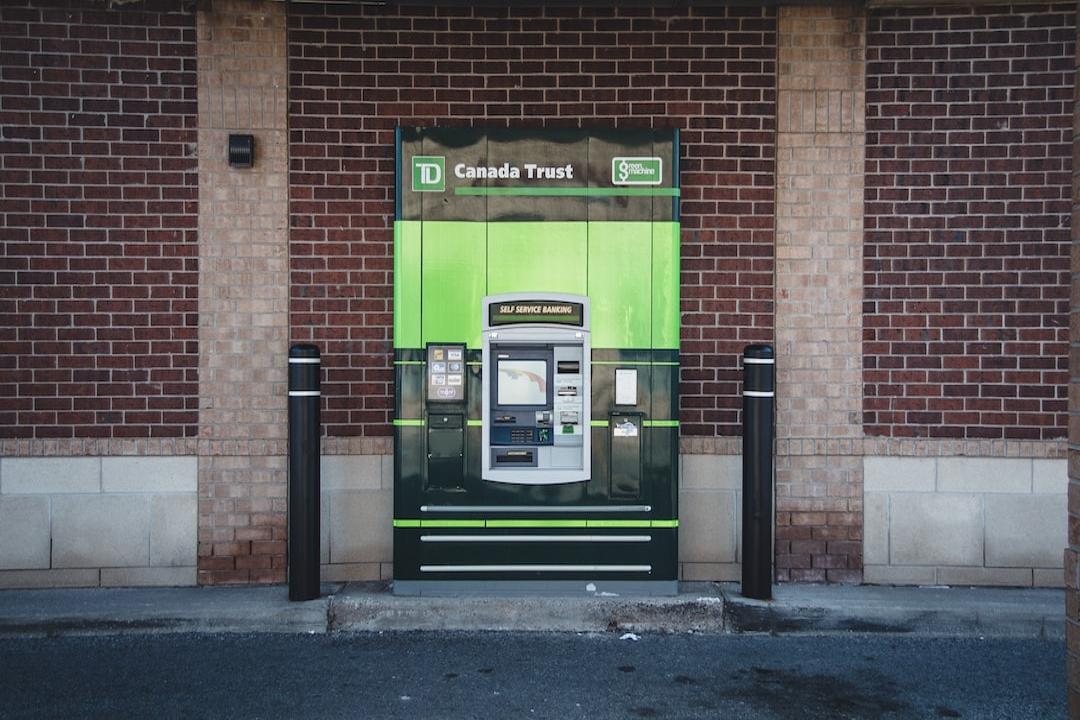
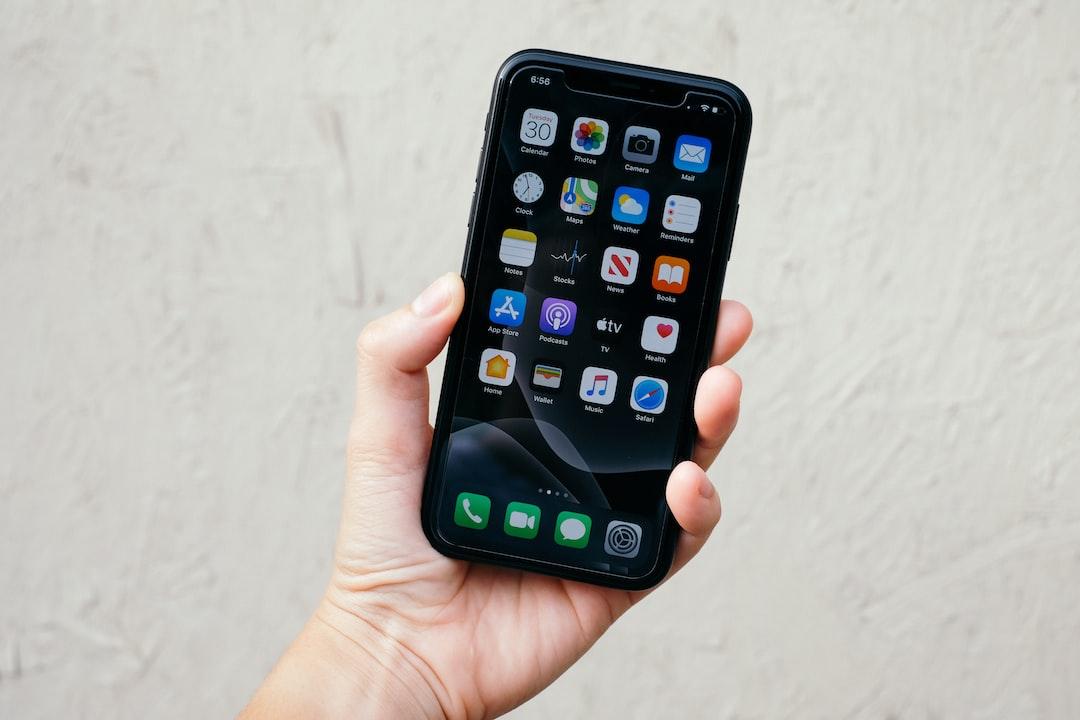
2. Detailed Analysis of the Project
2.1 Team
According to the official website, the core team of Big Time currently has 38 members, while according to LinkedIn, the Big Time team currently has 89 employees, an increase of 22 employees compared to the first research report in May 2022. Since its inception, Big Time has recruited a team of industry veterans from top game companies such as Epic Games, Blizzard, EA, and Riot.
Introduction and Changes of Core Team Members:
Ari Meilich, CEO, former co-founder and CEO of Decentraland, market research analyst at Charles River Ventures, founder and CEO of Big Data company Benchrise, with rich experience in venture capital and data analysis.
Matt Tonks, CTO, former chief programmer of COR Project from January 2004 to May 2005, software engineer at Electronic Arts from May 2005 to October 2007, senior AI programmer at Epic Games from October 2007 to July 2012, technical director at Drifter Entertainment from January 2016 to August 2020, co-founder of BitMonster since March 2012. Matt Tonks has been dedicated to the game industry for over 18 years and has extensive game development experience.
Thor Alexander, CPO, development director at Epic Games from April 1999 to December 2006, founder and editor of MMP Game Development from October 2002 to February 2005, product management director at Metaplace, Inc. from December 2006 to November 2008, executive producer at Zynga from November 2008 to December 2011, founder and CEO of Lucky Puppy, LLC from March 2012 to August 2017, vice president of product at Decentraland from November 2018 to April 2020. Thor Alexander is an OG in the traditional game industry with over 25 years of experience in game production, having worked on multiple successful game projects and having rich entrepreneurial experience. There is currently no information available on the official website, and it is highly likely that he has left the company, with his work being taken over by Brian Chu.
Brian Chu, Head of Product Management, joined the game industry in 2007 as a developer marketing intern at Salesforce. In 2008, he joined Deloitte as a senior consultant, providing consulting services to companies in the interactive entertainment, software, and mobile information industries. In 2009, he joined Zynga as the Chief Product Manager of CityVille. He later served as the Vice President of Product at Identified in 2012. In 2013, Brain joined Blizzard Entertainment as the Global Brand Management Director, responsible for global brand marketing strategy, budget, and execution of Heroes of the Storm and StarCraft II. In 2016, Brain served as the Director of Products at Rocket Games, which was acquired by Penn Interactive Ventures in April 2017. In 2017, Brain became the Director of Product Management at EA, and then joined Epic Games in 2019 in the same position. In April 2022, Brain joined Big Time as the Head of Product Management.
Michael Migliero, CMO, marketing assistant at Akamai Technologies from 2007 to 2008, co-founder and CEO of Fractional Media, an advertising service company, from December 2012 to May 2018, DSP Director at Machine Zone (MZ) from May 2015 to May 2018.
Ken Harsha, Chief Animator and Creative Director, with over 31 years of experience in specialized animation, TV animation, and gaming. He has held positions such as art director, production designer, director, writer, story artist, storyboard artist, and visual development artist in the US entertainment industry. Ken Harsha has worked on multiple projects for Disney, DreamWorks, Warner Bros., and provided art direction for multiple series in the Call of Duty franchise. He has spent over 5 years at Electronic Arts as an art director, producer, production designer, film director, and also managed the concept art department at Treyarch for over 8 years.
Daniel Paez, Director of Game Economy Model Design, product manager at VisusTV from 2009 to 2015, industrial engineer at IBM Brasil, client manager at Transcend Information, business development manager at Gresso Miami, mainly responsible for corporate product-related work. From 2015 to June 2015, he worked as an Apple SPO expert, and from June 2015 to December 2020, he worked as a pricing manager and publishing information manager at Blizzard Entertainment. From December 2020 to August 2021, he worked as a senior manager of business finance and operations at Activision. In addition to working at Big Time, Daniel also serves as the Director of Game Economy Model Design at Worldspark Studios. According to LinkedIn information, Daniel left the company in February 2022, and the position of Game Monetization and Economy Director has been taken over by Khaled Alroumi.
Khaled Alroumi, Game Monetization and Economy Director, entered the game industry in 2010 and co-founded several game companies in Kuwait and Dubai, developing the game “Warfront: Battle for Toria.” In 2021, Khaled Alroumi joined the blockchain game Illuvium as a game systems and economic design professional. In September 2022, Khaled Alroumi joined Big Time as the Game Monetization and Economy Director.
Aaron Smith, Art Director, previously worked at Rogue Entertainment, Nerve Software, Epic Games, and is also a co-founder and game artist at Bitmonster, Inc. Aaron Smith is an artist with over 20 years of experience in the game industry, specializing in concept art, 3D character and environment modeling, and has over 17 years of experience with the Unreal Engine. He is a senior practitioner in the game industry.
Martin Sweitzer, Chief Engineer, software developer at Trilogy from June 1998 to May 2000, programmer at Sony Online Entertainment from November 2000 to October 2001, founder of Sigil Games Online from January 2002 to June 2004, senior game programmer at BrickHouse Games, Epic Games, and Squanch Games from 2004 to 2017, as well as co-founder of BitMonster, Inc. Martin Sweitzer is a senior game industry professional with over 20 years of game development experience.
TJ Stamm, Chief Designer, started working in the game industry around 2000 and previously worked as a designer at Electronic Arts and Infinity Ward, holding positions such as producer, designer, and artist for multiple games. During his 6 years at Infinity Ward, he was mainly responsible for weapon design and parameter balance in the Call of Duty: Modern Warfare and Infinite Warfare series.
Cedric Fleury, Chief Designer, has been working in the game industry since 2006 and has worked as a level designer for various games, including Wolfenstein, at Threewave, EA, and SE. In 2016, Cedric Fleury joined Ubisoft and participated in the development of Far Cry 4, mainly responsible for the open-world environment design of the game. Cedric Fleury has also served as a senior level designer for WB Games and EA on various projects. In May 2022, Cedric Fleury joined Big Time as the Chief Designer.
The CEO of the Big Time project is Ari Meilich, who is also the former co-founder and CEO of Decentraland. In addition, most team members have extensive industry experience in the traditional game industry and have worked in major companies. From the team’s resume, it can be seen that the team has professional game development experience and has been involved in the design and development of many top games, including League of Legends, Fortnite, God of War, Call of Duty, and Overwatch, among others. Compared to the first research report in May 2022, there have been few changes in the core team members of Big Time, but the departure of the product director and the game economy model design director may have had some impact on the game’s development and delivery. However, subsequent work has been taken over by other experts deeply rooted in the gaming industry. Additionally, as Big Time Studios is a fully remote game studio operating worldwide, it may have some impact on the game’s development.
2.2 Funding
2.2.1 Financing
On May 12, 2021, Big Time Studios announced the completion of a $21 million financing round, which will be divided into two parts. The first part of $10.3 million was led by FBG Capital, with participation from North Island Ventures, Digital Currency Group, DFG, OKEx Blockdream Ventures, Alameda Research, LD Capital, YBB Foundation, Circle Financial, and Sound Ventures founded by Ashton Kutcher. In addition, Big Time Studio also completed a $11 million financing round, which will be used to invest in game companies willing to use related NFT technology.
2.2.2 NFT Sales
In addition to financing, Big Time has generated significant revenue through multiple in-game NFT prop sales events, as follows:
1) First NFT Drop on Binance NFT Marketplace
On July 22, 2021, Big Time launched its first NFT Drop on the Binance NFT Marketplace. This event was primarily…
(Note: The translation of the remaining part of the article is not provided.)Table 2-1 Binance NFT Market First Sales Situation
In summary, Big Time’s first sales event on the Binance NFT market was sold out, with a total NFT sales value of $667,160.
2) Binance NFT Market Sales Part 2
On August 13, 2021, Big Time launched the second round of sales on the Binance NFT market. This event is mainly divided into two parts, as shown in Table 2-2 below:


Table 2-2 Binance NFT Market Sales Part 2 Situation
In summary, based on the information obtained, the second round of sales of Big Time on the Binance NFT market had an approximate NFT sales value of $2,905,200.
3) SPACE NFT Sales
On December 21, 2021, Big Time launched the SPACE NFT sales.

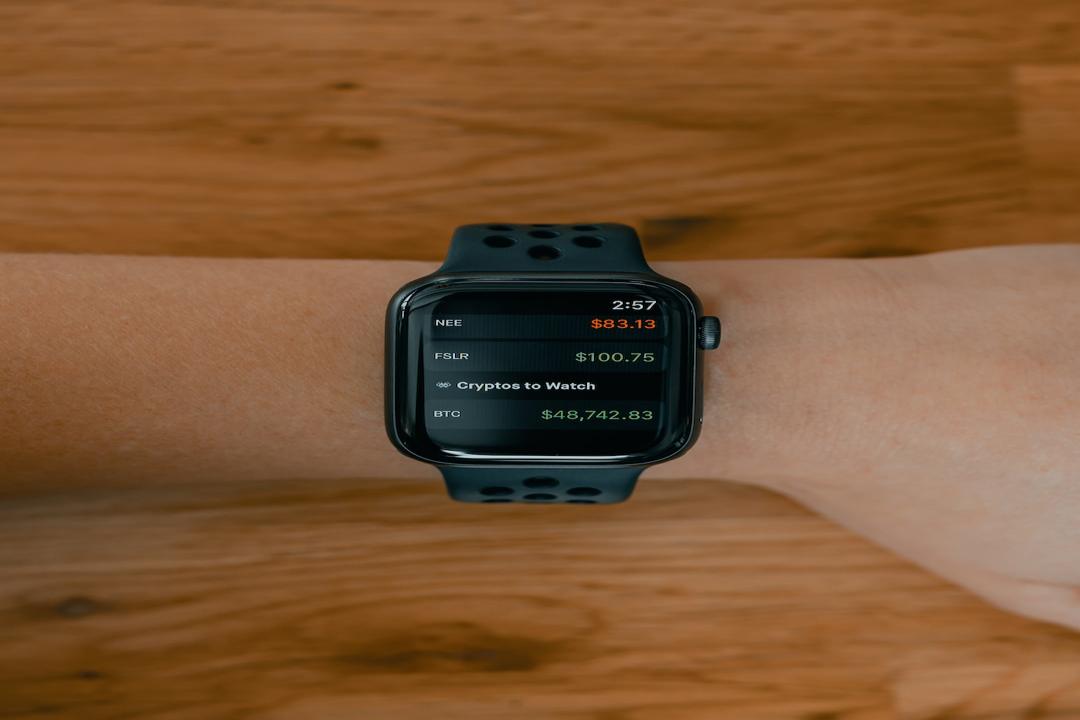
Table 2-2 SPACE NFT Market Sales Situation (December 2021)
SPACE NFT is a component of Big Time’s personal metaverse, equivalent to “land” in other metaverse projects. SPACE NFT comes in various sizes and rarities. The rarer and larger the SPACE, the more functions it can support.
This is the first sale of SPACE NFT, and the team will sell 60,000 SPACE NFTs (10% of the total supply), as detailed below:

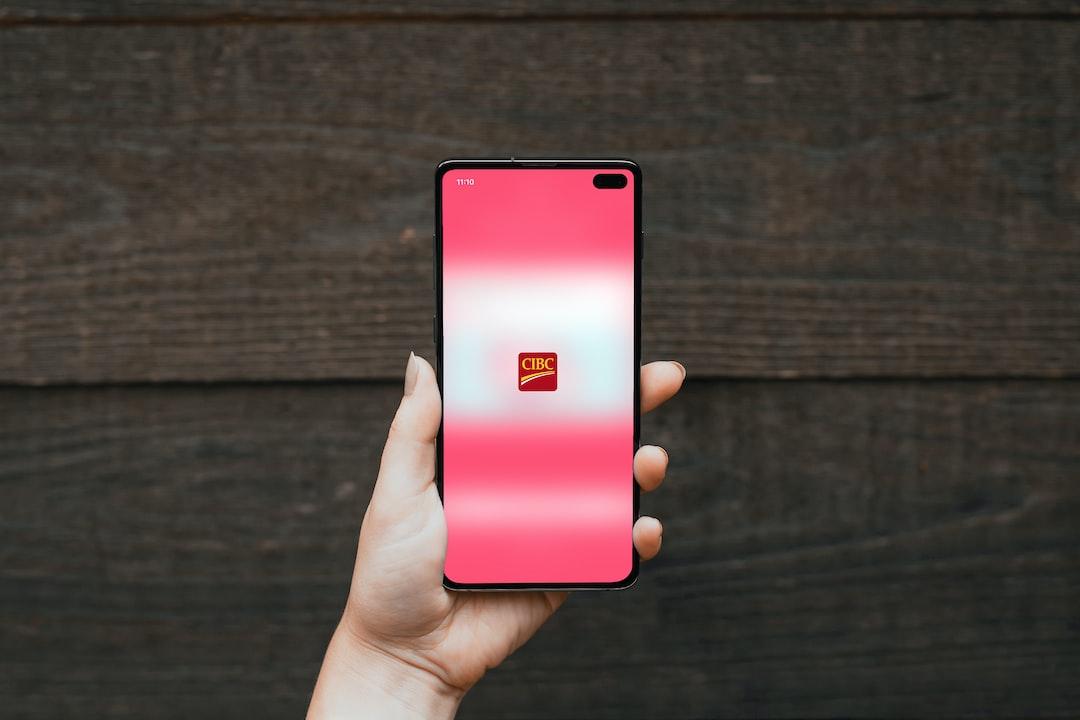
Figure 2-1 SPACE NFT Sales Details
Combining the two tables in Figure 2-1, we can calculate that Big Time sold a total of $38,148,000 worth of SPACE NFTs in the first SPACE NFT sales.
4) Mystery Box Sales
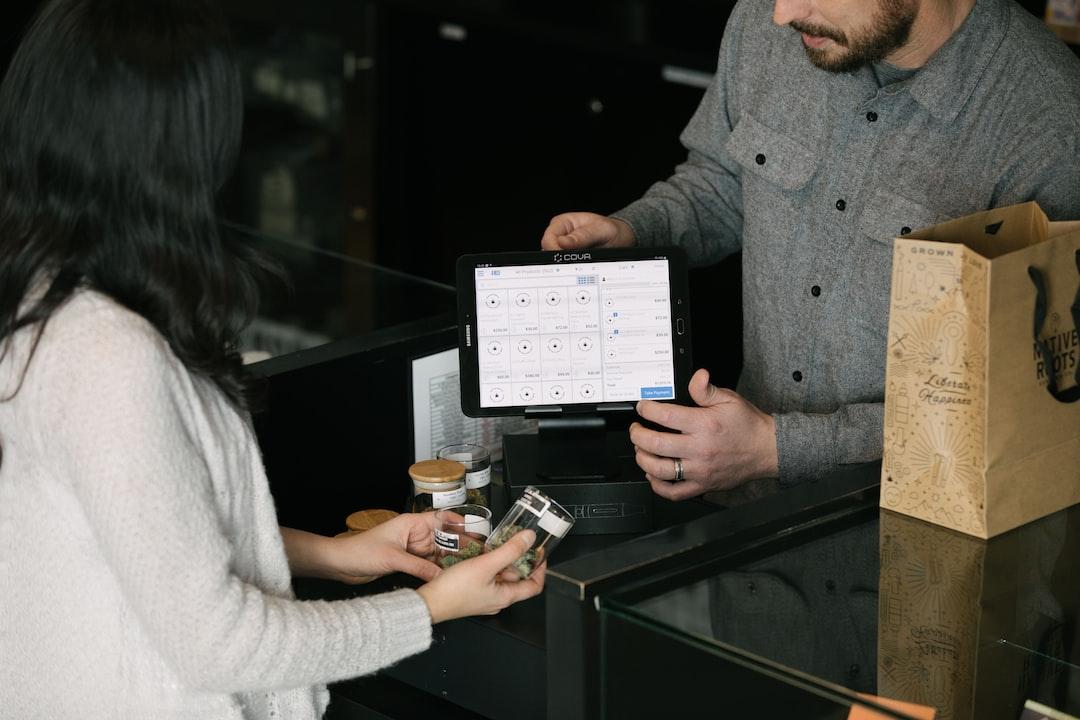
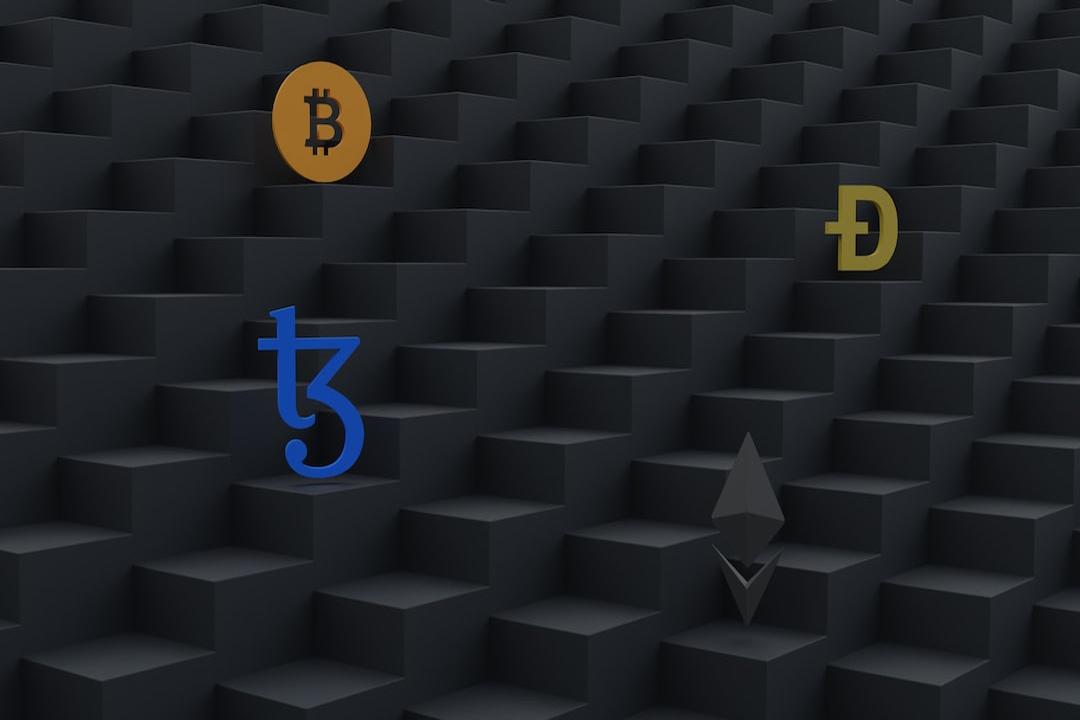
Table 2-3 Mystery Box Market Sales Situation (February 2022)
On February 17, 2022, Big Time launched the mystery box sales event on the Binance NFT market. In this sale, a total of 25,000 mystery boxes were sold, each box had a chance to drop 6 different types of animated postcards, and there was a smaller chance to drop super rare postcards. In addition, the mystery boxes also had a chance to drop exclusive VIP passes for early access.
Each mystery box was priced at 25 BUSD, with a total value of $625,000.
5) Exalted SPACE Special Sale
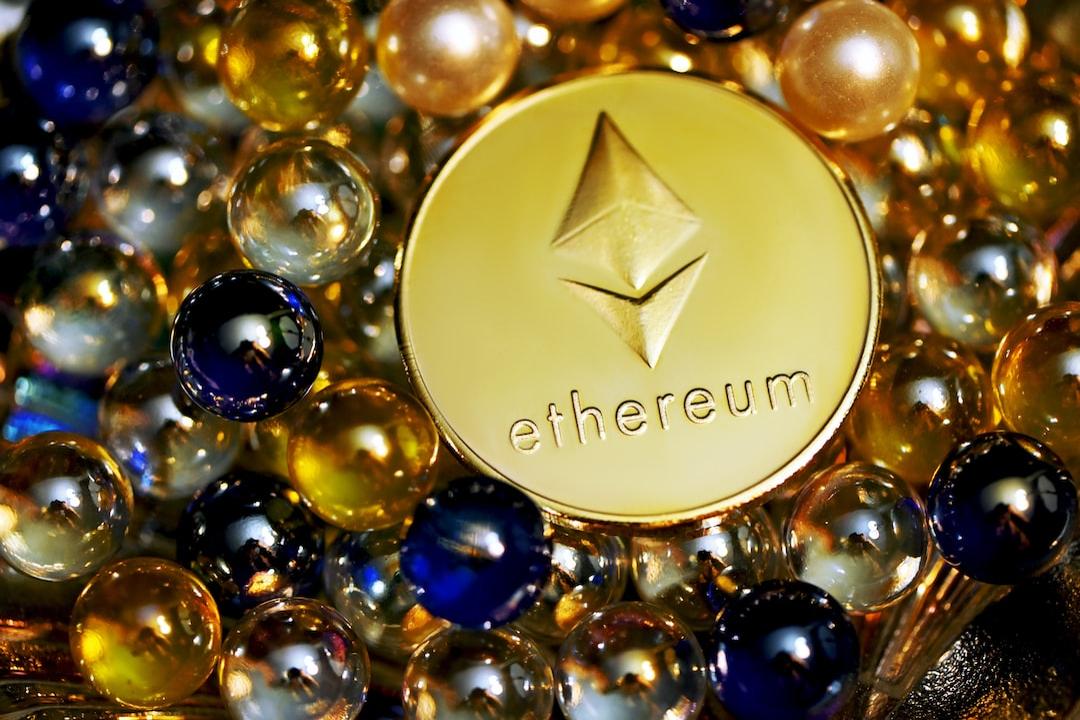
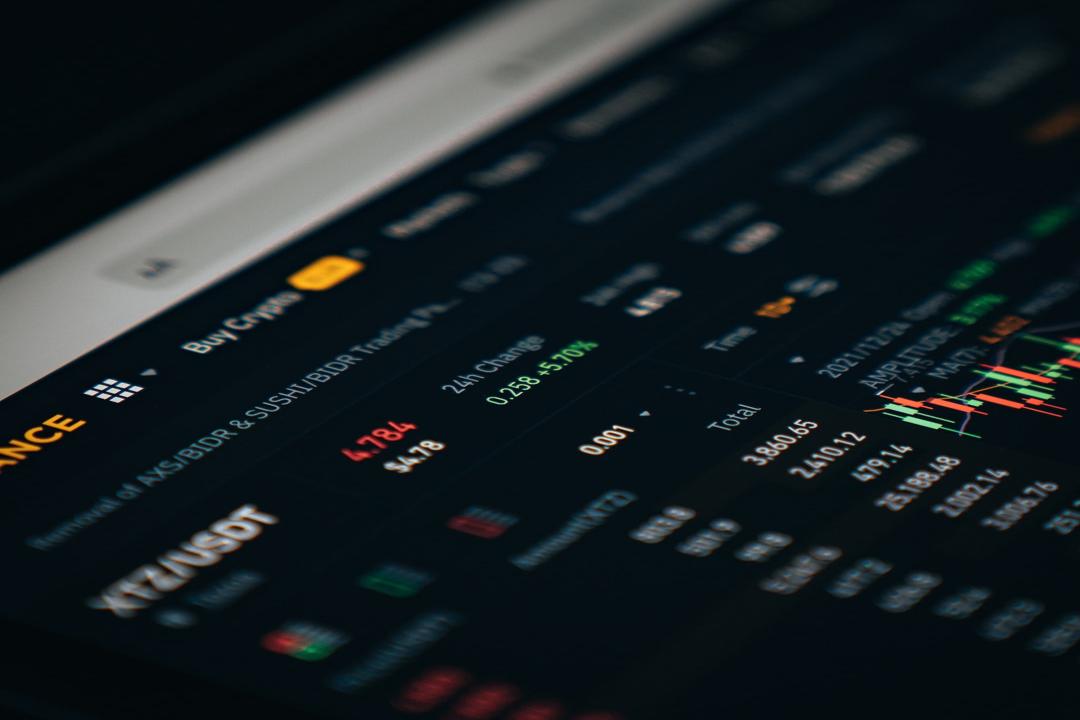
Table 2-4 Exalted SPACE NFT Market Sales Situation
On March 24, 2022, Big Time launched the Exalted SPACE NFT sales event.
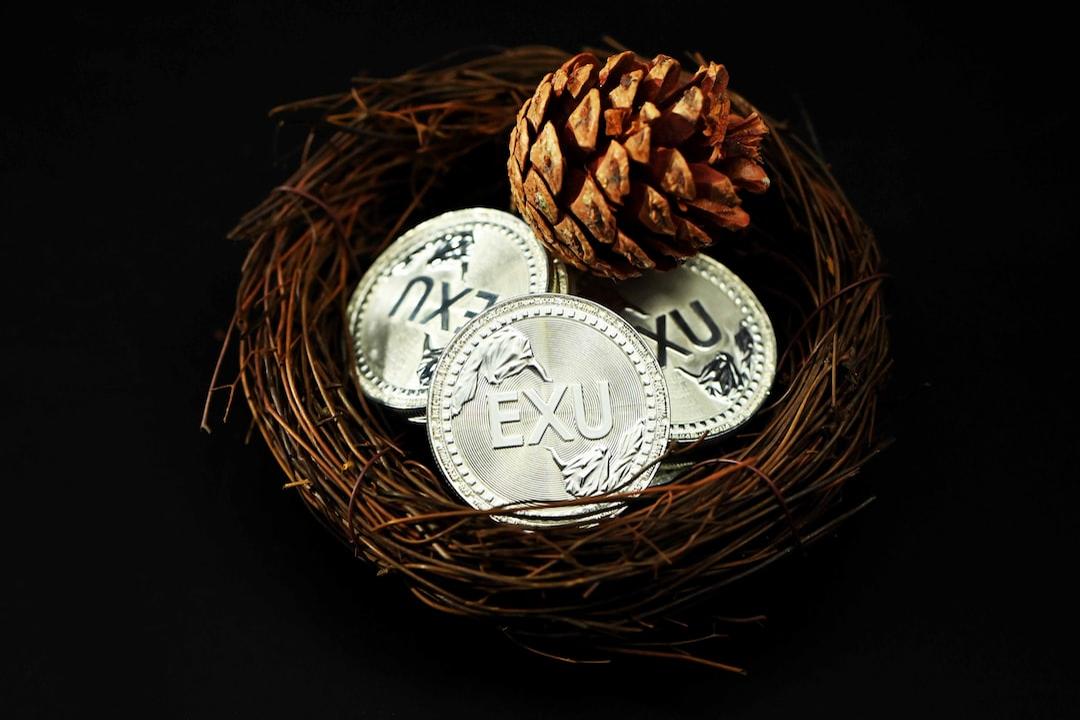

Figure 2-2 Exalted SPACE Special Sale Details
In this Exalted SPACE special sale event, Big Time sold a total of 3,000 Exalted SPACE NFTs (0.5% of the total SPACE NFT supply) and 12,000 Mythic SPACE NFTs (2% of the total SPACE NFT supply), as shown in the figure (right).
The sale price for Mythic SPACE NFTs ranged from $36 to $691, an increase from the previous SPACE NFT sales event held on December 21, 2021. For Exalted SPACE NFTs, the prices increased even more, ranging from $1,066 to $11,381. This exaggerated increase has drawn criticism from some community members, but it has not hindered the popularity of Big Time.
However, the team did not disclose the specific number of large, medium, and small-sized SPACE NFTs sold in this Exalted SPACE special sale event, making it difficult to calculate the total funds raised in this event.
Comparing the scale and pricing of the previous SPACE NFT sales event, the editor conservatively estimates that if all the SPACE NFTs in this event are successfully sold, the team will raise at least $30 million in funds, for reference only.
6) Open Loot Mystery Box Holiday Special Sale (Christmas, Spring Festival)
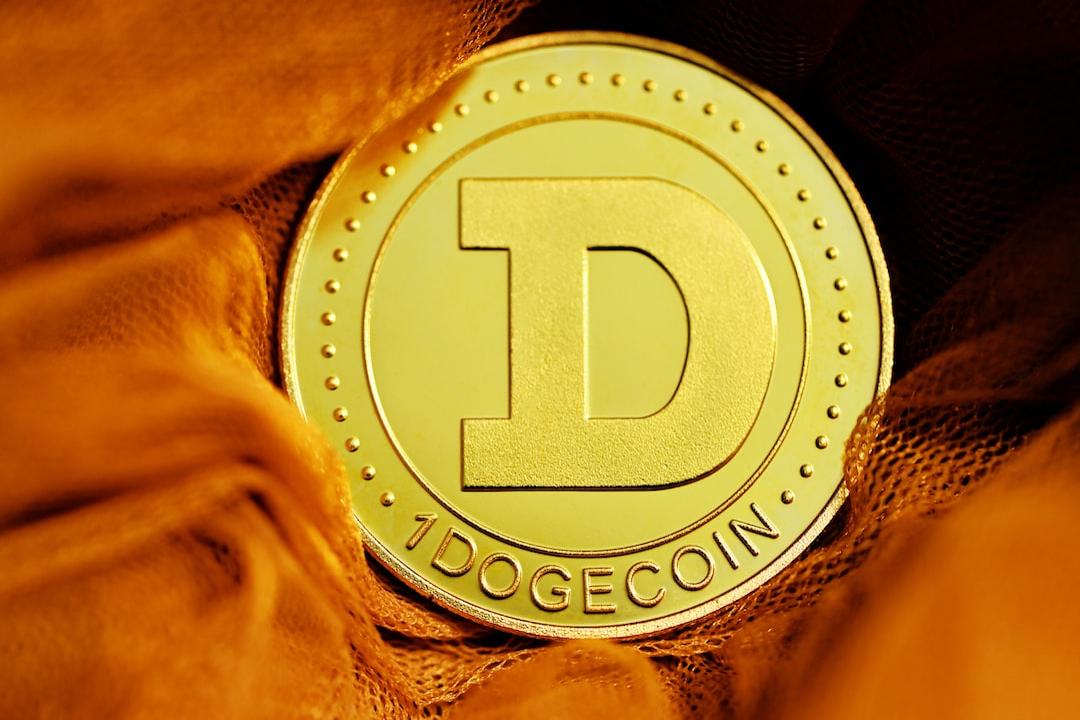
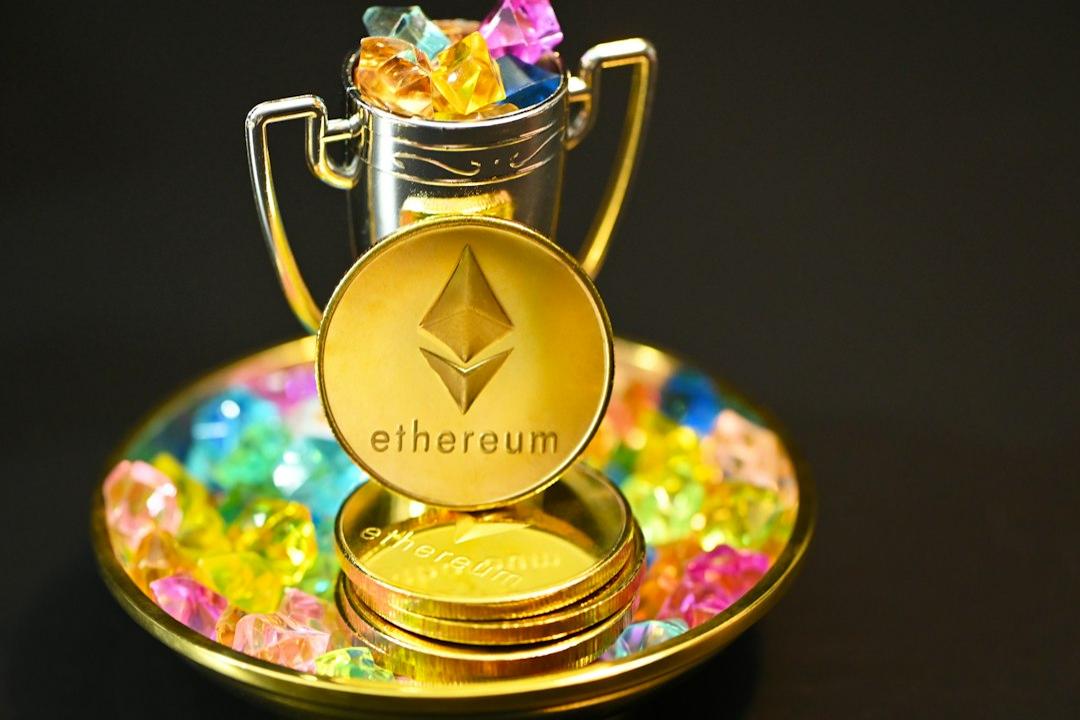
Table 2-5 Open Loot Mystery Box Holiday Special Sale Situation
In these two holiday special sale events, Big Time sold a total of 4,500 and 7,388 mystery boxes respectively on Open Loot. These boxes included three functional NFTs (Utility Collectibles) that can be used in SPACE: Arsenal, Furnace, and Time Guardian, with proportions of 45%, 45%, and 10% respectively. The Time Guardian will be used to create Time Hourglasses, which will generate BIGTIME tokens, while the Arsenal and Furnace will use BIGTIME tokens to create skin-type NFTs, which can be traded on Open Loot in the future.
Each Christmas holiday mystery box can open 3 functional NFTs, while the Spring Festival holiday mystery box can only open 2 functional NFTs, but the drop rate of Arsenal, Furnace, and Time Guardian in the Spring Festival holiday mystery box has been adjusted to 33.3%. In addition, the drop rate of high-rarity functional NFTs in the Christmas holiday mystery box is much higher than that in the Spring Festival holiday mystery box.
The Christmas holiday mystery box is priced at $49.99 USD, and the Spring Festival holiday mystery box is priced at $39.99 USD. Users can purchase up to 100 mystery boxes at a time, and selling all the mystery boxes will bring the team nearly $520,000 in revenue.
7) Game Guild Subscriptions
Currently, Big Time has established partnerships with more than 20 game guilds, including YieldGuild, Merit Circle, Avocado Guild, Loudgg, Neo Tokyo, Black Pool, Polkastarter, YGG Sea, ReadyPlayerDAO, and 3D Gamers Guild DAO. Most of the cooperating guilds have purchased corresponding NFT assets in Big Time, but the specific amounts have not been disclosed, so the specific sales situation in this regard is not yet known. In addition, the Web3 community OpenDAO has also partnered with Big Time and purchased over $5 million worth of SPACE.
In summary, based on multiple NFT sales events since its establishment, Big Time has conservatively estimated to have earned approximately $72,865,761 in revenue (incomplete statistics, the actual situation may be higher, there have been voices in the community claiming that Big Time has made hundreds of millions of dollars in profit in multiple NFT sales events, but this information has not been confirmed and is for reference only).
In addition to the previous $21 million financing completed by the team, the current treasury of Big Time, without considering expenses, amounts to approximately $93,870,000. Even considering that Big Time targets AAA game development, which typically incurs development costs of tens of millions or even hundreds of millions of dollars, the current treasury of Big Time is considered quite sufficient for the early development and operation of the project for a considerable period of time.
2.3 Code
Big Time is built on Ethereum and uses Procedurally Generated Goodness technology to expand the scale of the off-chain. The overall framework is similar to most chain games on the market, with game assets on the chain and the game itself running on off-chain servers. The specific code repository is not open-source.
2.4 Product
Big Time is a massive multiplayer online role-playing game (MMORPG) inspired by time travel.
In general, as a subcategory of RPG games, MMORPGs should first meet several core elements of RPG games:
1) Character elements: Players will need to choose or play a certain character in the game, determining the abilities and attributes of that character.
2) Interactive elements: The game generally includes built-in combat systems, mission systems, NPC systems, map systems, loot systems, and other mechanisms that provide feedback based on player actions.
3) Growth elements: Growth elements are key aspects of RPG games. Common growth elements in RPG games are divided into internal growth mechanisms and external growth mechanisms. Internal growth mechanisms, such as level and skill systems, allow players to improve their abilities through combat, exploration, and other mechanisms without relying on external resources. External growth mechanisms, such as equipment and items, are generally obtained through accumulating external resources such as gold coins and correspondingly enhance the character’s abilities. A good RPG game strives to balance internal and external growth mechanisms, providing players with a smooth gaming experience.
What sets MMORPGs apart from other types of RPG games is the different gaming experience.
For example, in Japanese-style RPGs, the gaming experience is more focused on guiding the main storyline. Players essentially play a role in a script set by the game creator, and the game usually has a single ending. Even in multiple ending scenarios, there are usually clear paths to achieve them, and players’ differentiated experiences are supplemented by side quests. However, in general, they do not deviate too much from the main storyline set by the game.
On the other hand, American-style RPGs, derived from TRPGs (such as Dungeons & Dragons), weaken the influence of the main storyline and introduce more random elements to emphasize the impact of player actions on the game. In the process of player gameplay, American-style RPGs provide more differentiated experiences through the accumulation of interactive elements, allowing players to form their own game memories. The game itself usually designs multiple endings as feedback to player behavior.
MMORPGs, conceptually, basically follow the design principles of American-style RPGs, emphasizing interactive experiences compared to one-way experiences. Generally, only short introductory storylines are provided to help players establish a basic worldview, and the concept of “endings” may not be set in the game. The main gaming experience for players will be established through interactions with game elements. In addition, MMORPGs also emphasize player-to-player interactions, to some extent resembling an online social game.
In the following sections, we will first introduce the game’s world setting and then provide some analysis of the game’s three core elements and gameplay mechanisms.
2.4.1 Big Time Game Story Background
Note: This section is an introduction to the game’s story background and is not the main focus. Readers who are not interested can skip directly.
Every MMORPG game has its unique game background and storyline, and Big Time is no exception. The story background of Big Time is set in a future human world where a mysterious force is threatening the balance of the universe. Time has been distorted, and different eras are colliding with each other. The spacetime of the entire universe has been severely damaged, and survivors have been displaced to the last refuge in the universe – a place called Big Time’s End.
However, due to the influx of survivors from different timelines, the small asteroid Big Time’s End quickly became overwhelmed. At this time, a solution emerged (seemingly out of thin air, perhaps supported by unknown mysterious forces). A man named Canard Cincade created the Paradox Corporate company and produced batches of small robots called Clockies to maintain the order of the spacetime world. Soon, Big Time’s End was restored to normal operation.
At the same time, Paradox Corporation began selling a pocket universe called BIGTIMESHARES, which was full of infinite possibilities. Whether it was riding dinosaurs in the American Wild West era or meeting robot warriors in feudal Japan, Paradox could make it happen. A large number of people turned to BIGTIMESHARES to escape reality. Over time, the residents of Big Time’s End began to discover that these small robots would occasionally behave abnormally or even go berserk, disrupting the lives of the residents. At the same time, rumors began to spread that Paradox Corporation was the culprit behind the destruction of universal peace. Paradox Corporation vehemently denied the allegations while introducing highly destructive large robot models called Guardian XL. Canard Cincade wanted to use the robots to control the entire world and use them for city patrols to monitor the operation of the entire city. In response, an organization dedicated to protecting “time” called Evermore Academy stepped forward. The headmaster of the academy is one of the smartest scientists in history – Albert Einstein. Einstein assembled a group of heroes to solve the crisis facing the universe.
In Big Time, players play as time travelers summoned to the edge of the universe by Einstein. In the current version of the game, the mission for players is to investigate Paradox Corporation, uncover Canard Cincade’s intentions, and prevent his plans. In the future, with updates to the game version, more game storyline content will be unlocked.
As an RPG game, Big Time uses multiple spacetime narratives, and game characters will travel through multiple timelines to achieve certain narrative purposes. By contrasting different timelines, the game enriches its content and has greater narrative potential.
2.4.2 Characters and Growth Elements
As an RPG game, the game’s focus is on the character elements, such as attributes, classes, and growth elements, which are key aspects of its gameplay mechanics.
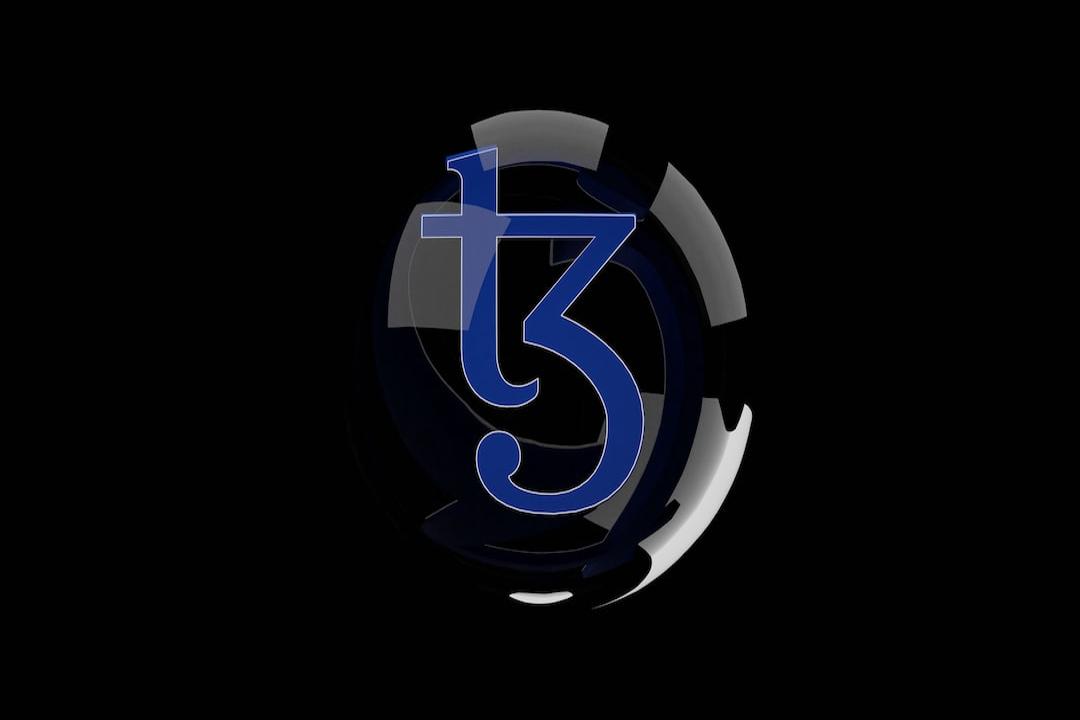

Figure 2-3 Big Time Game Characters
Currently, there are four different character professions in the Big Time game, as shown in Figure 2-3. They are:
1. Time Warrior: Skilled in close combat, suitable for tanking. Signature skills include Whirling Slash and Invincible Roar.
2. Chronomancer: Ranged attack mage, capable of dealing area damage. Signature skills include Fireball, Blizzard, and Time Stop.
3. Shadowblade: Possesses high-speed movement and stealth abilities, suitable for single-target damage. Signature skills include Stealth, Backstab, and Bomb Trap.
4. Quantum Fixer: Similar to a priest, capable of healing teammates, suitable for support. Signature skills include Healing, Summon Turret, and Energy Recovery.
The four professions in Big Time are basically derived from the traditional Western RPG professions of “tank, mage, healer, and assassin.” This makes it easier for players to quickly adapt to the game mechanics and choose a gameplay style that suits them. Based on these four professions, Big Time also designed a job change system. Players can use “Pocket Watches” items of different professions in the game to change their profession. In addition, after reaching level 30 in version 0.26, players can choose to change to two new professions, Techblade and Battlemancer. Each of them has a completely new set of skills. Techblade is a combination of tank and mage, while Battlemancer is a combination of assassin and healer.
In terms of growth elements, the internal growth mechanism includes leveling up and skill points. In Big Time, players can gain attribute points and skill points each time they level up. Attribute points can enhance the basic attributes of game characters. With improved basic attributes, players can equip better weapons and equipment, similar to traditional RPG games. Skill points include active skills and general talents. Active skills are related to the chosen profession, while general talents are not profession-specific and are always effective.
Figure 2-4 Level Up and Allocation System
The external growth mechanism currently includes the equipment system and item system.
Figure 2-5 Equipment and Item System
The equipment system currently includes gears, armor, shields, weapons, jewelry, and backpacks. Gear items can be equipped on Pocket Watches to grant players additional abilities or item rewards. Weapons are directly equipped by players and there are various types available, including two-handed axes, one-handed hammers, two-handed hammers, one-handed swords, two-handed swords, dual swords, and two-handed staffs. The weapons players can equip are linked to their profession type, level, and basic attributes. Weapons can enhance the player’s basic attributes and have a counterrelationship with the defense type of the target. Armor includes helmets, shoulder pads, chest armor, gloves, and leg armor. In addition, there are shields and jewelry. These equipment, similar to weapons, can enhance the player’s basic attributes. Backpacks are used to store player items and provide additional inventory slots to assist players in the game.
The equipment system currently includes rarity and skin mechanisms. Equipment with higher rarity often has a higher attribute bonus limit. The skin system is similar to the fashion system in DNF, and it can be crafted in the Arsenal and Forge in SPACE. Skins do not affect the attributes of equipment themselves, and players can equip the skins they currently own in the collection section above the UI. Equipment or skins can be obtained through monster drops, synthesis, participating in activities, purchasing corresponding gift packs, and skin-type NFTs can be traded as NFTs on Open Loot. More specific equipment forging mechanisms will be explained in detail in the NFT and SPACE sections.
In terms of the item system, the game provides many items that players can use, including energy potions, health potions, teammate teleportation potions, town teleportation scrolls, and life trees. These items can meet the player’s needs for replenishing character resources and fast travel, and they can generally be obtained as loot from monsters.
In terms of character elements and growth elements, Big Time basically borrows from the mature MMORPG’s character and growth design. However, its free job change system increases the richness of players’ gaming experience. But this also poses requirements for the balance adjustment of the game team because the lower job change threshold means that if the abilities of a certain profession are particularly outstanding in the future, it will squeeze the survival space of other professions, thereby affecting the playability of the game.
2.4.3 Interactive Elements
The core gameplay mechanics of the game can be distilled into interactive elements. Currently, the game includes four interactive objects: storyline, map, scene, and players. Both paying and free players can experience the same game content in terms of character and growth elements. However, paying players can enjoy a richer gaming experience in terms of interactive elements.
In version 0.27, players will be able to explore an entire map, which includes elements such as towns, forests, swamps, snow mountains, towers, and dungeons. The interactive objects on the map include NPCs, monsters, ores, teleportation gates, and other players.
Figure 2-6 Big Time Game Map
Figure 2-7 Interactive Elements
Players can interact with NPCs to complete item trades, learn skills, initiate storylines, and receive quests. Monsters and ores mainly correspond to the game’s combat and gathering mechanisms. Players can use left and right mouse buttons to perform combos or use number keys to release corresponding skills or items to attack enemies.
Figure 2-8 Dungeon Teleportation Gates
Teleportation gates mainly correspond to the game’s dungeon mechanisms. Each dungeon has a maximum limit of 6 players and will suggest the recommended level. After completing small quests in a team, players can enter the final boss room and defeat the boss to obtain rich rewards. The rewards that dungeons can provide in future official versions will include Pocket Watches, gold coins, time crystals, BIGTIME tokens, equipment, skin fragments, lucky bonus chips, and NFTs. In addition to regular dungeon teleportation gates, there is also a high-reward dungeon called Prestige Portal, which significantly increases the drop rate of rare items in dungeons. Players need to meet the entry requirements of skin-type NFTs before entering the high-reward dungeon. The entry requirements may include the type, theme, season, and color of the skin-type NFT, and then pay BIGTIME or time crystals as an entry fee. In addition, players can provide additional bonuses to high-reward dungeons through lucky wheel slots.
The game currently has three interactive mechanisms with other players: teaming up, player expressions, and chat functions. Friend and guild functionalities are expected to be added in future updates.
2.4.4 Resource Elements
In the top left corner of the game’s main UI, next to the map, three resource elements are displayed: gold coins, time crystals, and BIGTIME tokens. Gold coins can be obtained through monster drops, quests, trading loot, or mining, and they are used to purchase regular equipment and items in the game.
Time crystals are the primary in-game premium currency and are difficult to obtain through normal gameplay. Players can mainly purchase time crystals from Big Time through Open Loot, and time crystals are non-chainable assets that are bound to the account once purchased and cannot be traded on the market. Currently, the price of 500 time crystals is approximately $5, and the price of 13,500 time crystals is approximately $100. Time crystals are mainly used to activate various functional NFTs. They are required to be paid in the Forge, Arsenal, and Time Guard. In addition, time crystals can be used to purchase some auxiliary items, such as additional hourglass equipment slots or to pay the entry fee for certain Prestige Portals.
BIGTIME tokens are the most important core assets in the game and are the final part of the game’s economic mechanism. We will introduce this token in section 2.4.7.
In addition to the three resource elements that can be directly seen in the UI, there are four important resource elements related to functional NFTs in the game: cosmetic shards, workshop mod chips, prestige portal mod chips, and cosmetic scraps. Workshop mod chips and prestige portal mod chips are collectively referred to as bonus roll chips. They drop during game activities and are non-chainable assets, so they cannot be traded. They are mainly used to exchange for functional NFTs and the lucky wheel of Prestige Portals, respectively. These four resource elements can be obtained by defeating monsters in dungeons. Cosmetic shards are mainly used to synthesize refined cosmetic shards and then craft or upgrade cosmetic-type NFTs in the Forge or Arsenal. Cosmetic shards are seasonal drops, and new cosmetic shards are released each season for crafting cosmetic NFTs in that season. Workshop mod chips are mainly used to exchange for functional NFTs and can also be used to purchase additional lucky wheel spins for functional NFTs. Prestige portal mod chips are mainly used to exchange for the lucky wheel of Prestige Portals. Cosmetic scraps are mostly obtained by destroying cosmetic-type NFTs and are mainly used to exchange for workshop mod chips and prestige portal mod chips.
2.4.5 NFT
There are two types of NFTs in the game. One is the cosmetic-type NFT mentioned in the equipment section, and the other is the functional NFT. The difference between the two is that cosmetic-type NFTs are products, while functional NFTs are production tools. The former can enhance the user’s gaming experience by improving the audiovisual performance of in-game items such as armor and weapons, showcasing the player’s status. Players who own cosmetic-type NFTs will also have the qualification to enter exclusive scenes or Prestige Portals to experience exclusive content. At the same time, to ensure the balance of the game, cosmetic-type NFTs will not affect the original game values of in-game items. The latter is mainly used to produce cosmetic-type NFTs and BIGTIME tokens to maintain the game’s economy.
Cosmetic-type NFTs are divided into two categories: craftable cosmetic-type NFTs and non-craftable cosmetic-type NFTs. The former can be crafted using functional NFTs, while the latter can only be obtained as random drops in the game. Functional NFTs currently include three types: Forge, Arsenal, and Time Guard, all of which can only be used after connecting to the personal metaverse SPACE. In the Forge and Arsenal, players need to invest certain resources, such as BIGTIME tokens, time crystals, and cosmetic shards, to craft and upgrade cosmetic-type NFTs. Among them, the three lowest rarity craftable cosmetic-type NFTs can be exchanged for higher-level craftable cosmetic NFTs. This will become an important part of the seasonal competition.
The Time Guard is currently the most complex functional NFT in the game. It is used to produce BIGTIME tokens. Players need to first invest time crystals to create time hourglasses, and then use time crystals to charge them in order to generate BIGTIME tokens. Time hourglasses are consumable resources, and when they are depleted, players need to recharge them with time crystals in the Time Guard to continue generating BIGTIME tokens.
For each activity in functional NFTs, including refining, crafting, and upgrading cosmetic-type NFTs, players can choose to use the lucky wheel. The lucky wheel is obtained by exchanging workshop mod chips and can provide additional bonuses to the current action in the form of a lottery. The level of functional NFT determines the available slots in the lucky wheel. Multiple different lucky wheel bonuses can be stacked for one action. All activities in functional NFTs can earn functional NFT experience points, and when the experience points reach the upgrade threshold, players can pay time crystals to upgrade functional NFTs. After the upgrade, functional NFTs will have higher crafting efficiency, additional lucky wheel slots, and bonus effects.
In addition to the above functions, functional NFTs also have different types. Different types of functional NFTs have different color classifications and special bonus types. In addition, the type of functional NFTs is also linked to their rarity, with the top three rarities all being Triumph types.
The Forge currently has 10 types:
Figure 2-10 Different Types and Maximum Supply of the Forge
The Arsenal also has 10 types:
Figure 2-11 Different Types and Maximum Supply of the Arsenal
Unlike the Forge and Arsenal, the Time Guard currently only has 4 types:
Figure 2-12 Different Types of the Time Guard
With regards to the NFTs, there are four different items: cosmetic shards, workshop mod chips, prestige portal mod chips, and cosmetic scraps. Workshop mod chips and prestige portal mod chips are collectively referred to as bonus roll chips. These drop during game activities and are non-chainable assets, so they cannot be traded. They are mainly used to exchange for functional NFTs and the lucky wheel of Prestige Portals, respectively. These four items can be obtained by defeating monsters in dungeons. Cosmetic shards are mainly used to synthesize refined cosmetic shards and then craft or upgrade cosmetic-type NFTs in the Forge or Arsenal. Cosmetic shards are seasonal drops, and new cosmetic shards are released each season for crafting cosmetic NFTs in that season. Workshop mod chips are mainly used to exchange for functional NFTs and can also be used to purchase additional lucky wheel spins for functional NFTs. Prestige portal mod chips are mainly used to exchange for the lucky wheel of Prestige Portals. Cosmetic scraps are mostly obtained by destroying cosmetic-type NFTs and are mainly used to exchange for workshop mod chips and prestige portal mod chips.
Bitcoin Momentum Slows! Leverage Risks Mount as Market Eyes Key Support at $110,000
On-Chain Analysis Company Glassnode ReportsOn-chain analysis company Glassnode noted in it…
